How RBS initiated a virtual desktop revolution
RBS teamed up with Fujitsu to roll out thousands of virtual desktops and it's not even finished yet.
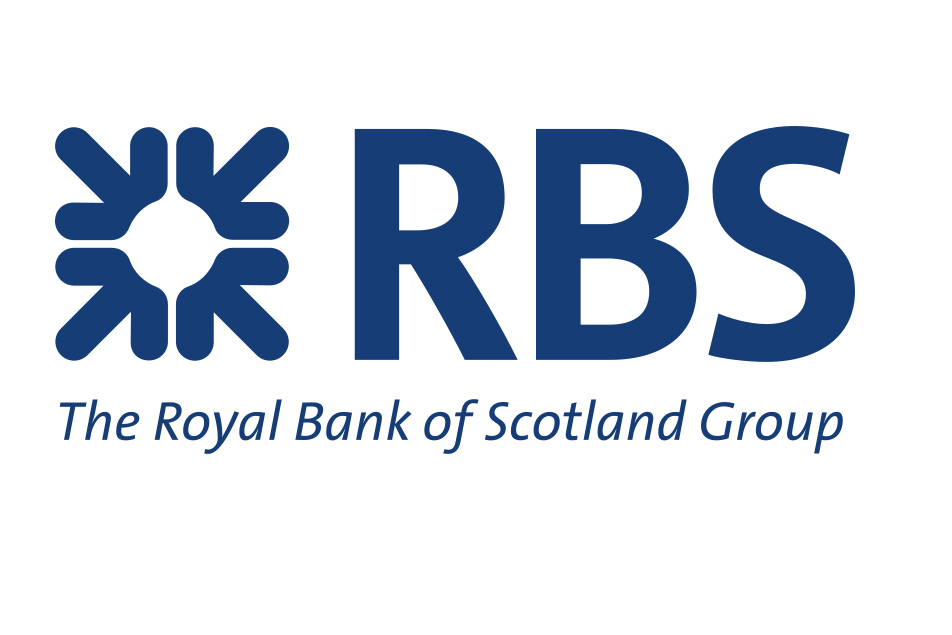

CASE STUDY Given the economic chaos banks are currently embroiled in, avoiding additional headaches is vital for financial institutions like RBS.
The bank recently faced a challenge many other organisations are looking at: migrating from Windows XP to Windows 7. It had two options on the table.
The bank could either completely refresh its desktops, or roll out a virtual desktop to most of its workforce. Neither option would be pretty, but the overwhelming benefits of the virtual desktop over the refresh convinced RBS to go down that route.
We were very keen to transform the way that we worked and we knew we couldn't do that by staying with a legacy desktop.
It turned out to be a major programme. RBS wasn't looking at a straightforward rollout its objective was virtualising 80 per cent of its desktops. That included transforming 55,000 desktops in the UK and preparing almost 2,000 applications across the world.
The birth of a project
It all started in October 2009 when RBS needed to rethink its desktop roadmap. Having previously spent a massive amount of capital - 70 million - upgrading its desktops from Windows NT to XP, the IT team was keen to not suffer the same financial impact.
Get the ITPro daily newsletter
Sign up today and you will receive a free copy of our Future Focus 2025 report - the leading guidance on AI, cybersecurity and other IT challenges as per 700+ senior executives
"When the Bank migrated from NT to XP we had to upgrade some of the hardware, and in some cases we had to upgrade some of the network. There was also a significant server refresh and I think we had to purchase in the region of 40,000 new desktops," said Mark Diamond, RBS' head of collaboration.
A fact Diamond and his team couldn't ignore was that the value proposition of maintaining desktop currency was not attractive to the business, but was required to maintain regulatory compliance. It was simply another cost for RBS that had little business value
"You don't want it. It's a cost of doing business. [Many of our users] would happily stay on Windows 3.1 for the rest of their lives, as long as their applications work," Diamond told IT Pro.
"A major driver of the project was the expense of maintaining support and compliance on the desktop. It was a big, big lever. Notwithstanding that, we were very keen to transform the way that we worked and we knew we couldn't do that by staying with a legacy desktop."
RBS had to break the ties between the user and the desktop in order to make a move away from distributed computing to a new user-centric model where both apps and data "follow" employees wherever they are and whatever device they use. Desktop virtualisation was the answer. This could also unlock a major opportunity for property consolidation with higher user to desk ratios.
RBS brought in Fujitsu to design and deliver a fully managed desktop-as-a-service solution, based on Citrix software and thin client hardware where required. One smart move that allowed RBS to really "sweat the existing assets," was the conversion of existing fat client desktops into "Kiosk PCs" or dumb terminals. This allows a very low risk and low impact deployment strategy, where hundreds of users can be migrated per day, over the wire'.
"Fujitsu are effectively providing RBS desktop-as-a-service from within the RBS firewall operating within the bank as a platform owner'. They're using RBS data centres, network and space because, as a bank we need control and security, but Fujitsu own the desktop service. They're running the platform end-to-end which includes the break-fix, support, anti-virus, application packaging and distribution," Diamond explained.
Tom Brewster is currently an associate editor at Forbes and an award-winning journalist who covers cyber security, surveillance, and privacy. Starting his career at ITPro as a staff writer and working up to a senior staff writer role, Tom has been covering the tech industry for more than ten years and is considered one of the leading journalists in his specialism.
He is a proud alum of the University of Sheffield where he secured an undergraduate degree in English Literature before undertaking a certification from General Assembly in web development.
-
 Should AI PCs be part of your next hardware refresh?
Should AI PCs be part of your next hardware refresh?AI PCs are fast becoming a business staple and a surefire way to future-proof your business
By Bobby Hellard Published
-
 Westcon-Comstor and Vectra AI launch brace of new channel initiatives
Westcon-Comstor and Vectra AI launch brace of new channel initiativesNews Westcon-Comstor and Vectra AI have announced the launch of two new channel growth initiatives focused on the managed security service provider (MSSP) space and AWS Marketplace.
By Daniel Todd Published
-
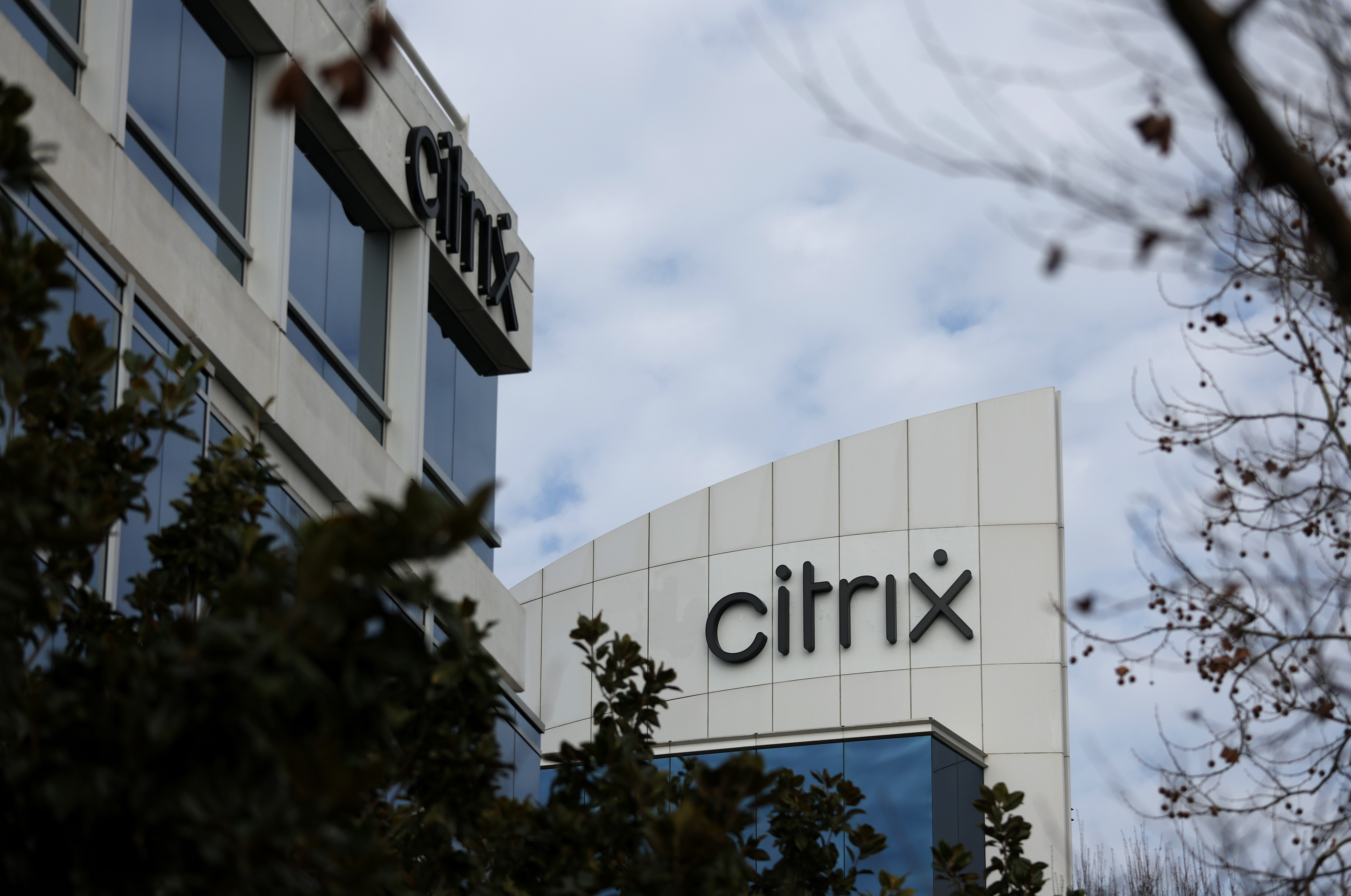 Citrix confirms two new NetScaler vulnerabilities as firms urged to patch immediately
Citrix confirms two new NetScaler vulnerabilities as firms urged to patch immediatelyNews Citrix has issued patches for two new vulnerabilities in its NetScaler ADC and Gateway appliances
By Solomon Klappholz Published
-
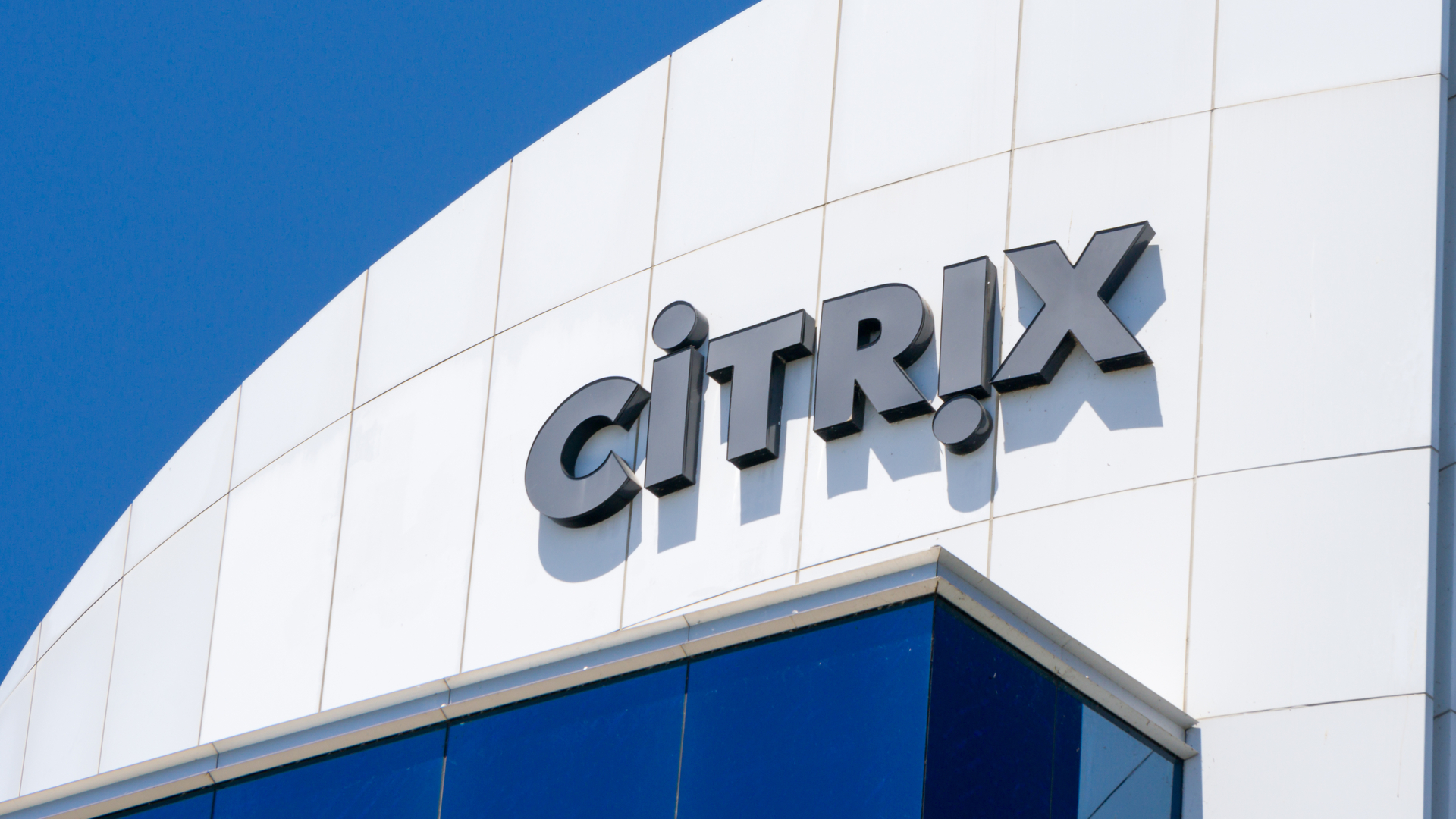 Citrix mulling potential sale after tumultuous 2021
Citrix mulling potential sale after tumultuous 2021News Share prices have tumbled due to consecutive quarters of "mixed" financial results
By Keumars Afifi-Sabet Published
-
 Thales strikes key cloud partnership to support Fujitsu services
Thales strikes key cloud partnership to support Fujitsu servicesNews The security firm’s tech will help Fujitsu launch a new PKI management platform
By Keumars Afifi-Sabet Published
-
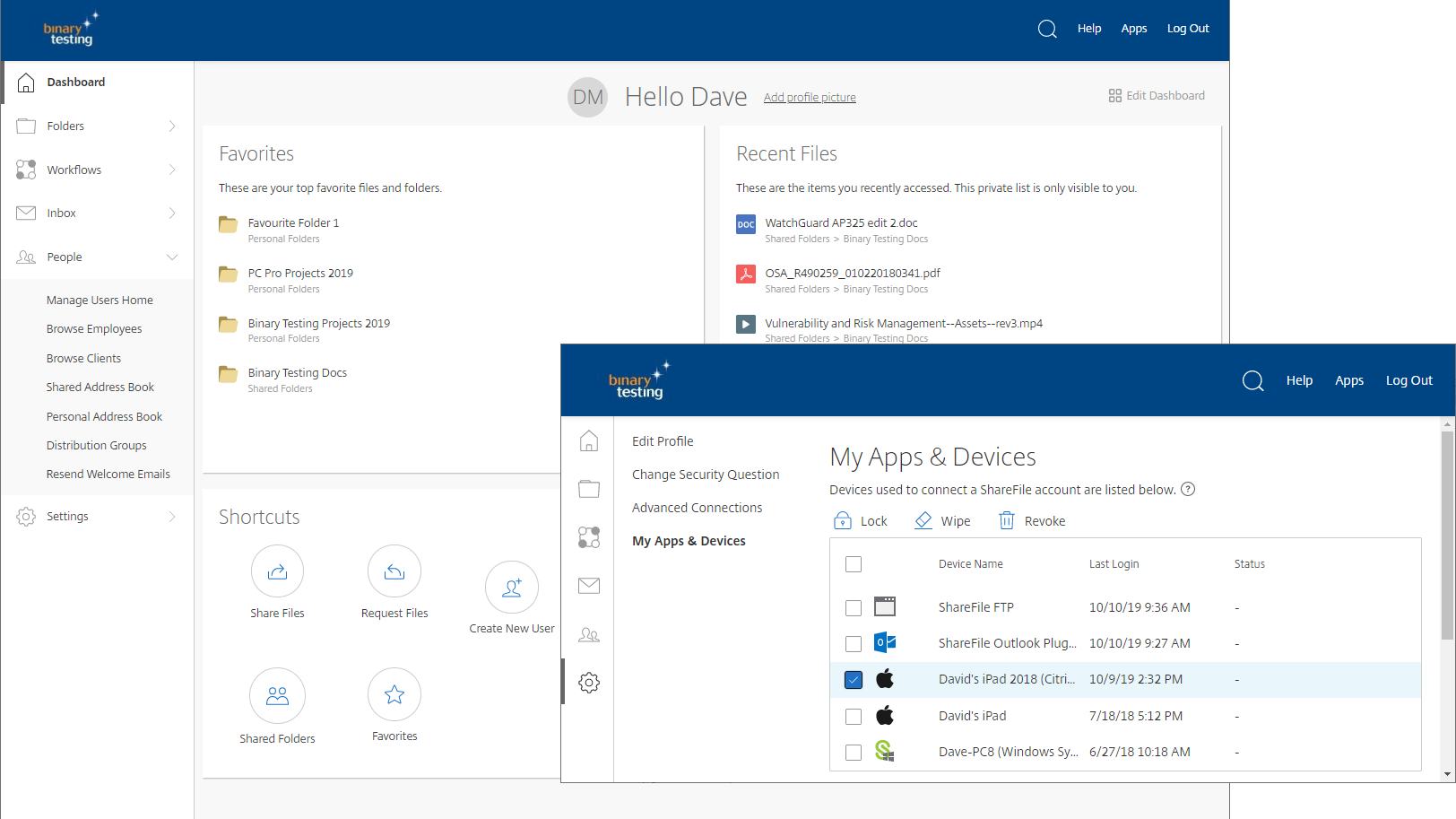
 Citrix ShareFile review: Slick collaboration, stonking price
Citrix ShareFile review: Slick collaboration, stonking priceReviews An affordable cloud service that’s easy to manage and perfect for businesses that need to share huge files
By Dave Mitchell Published
-
 Server virtualization: What is it and what are the benefits?
Server virtualization: What is it and what are the benefits?In-depth Server virtualization offers a quick and effective way of creating a more efficient IT infrastructure, but how does it work?
By Adam Shepherd Last updated
-
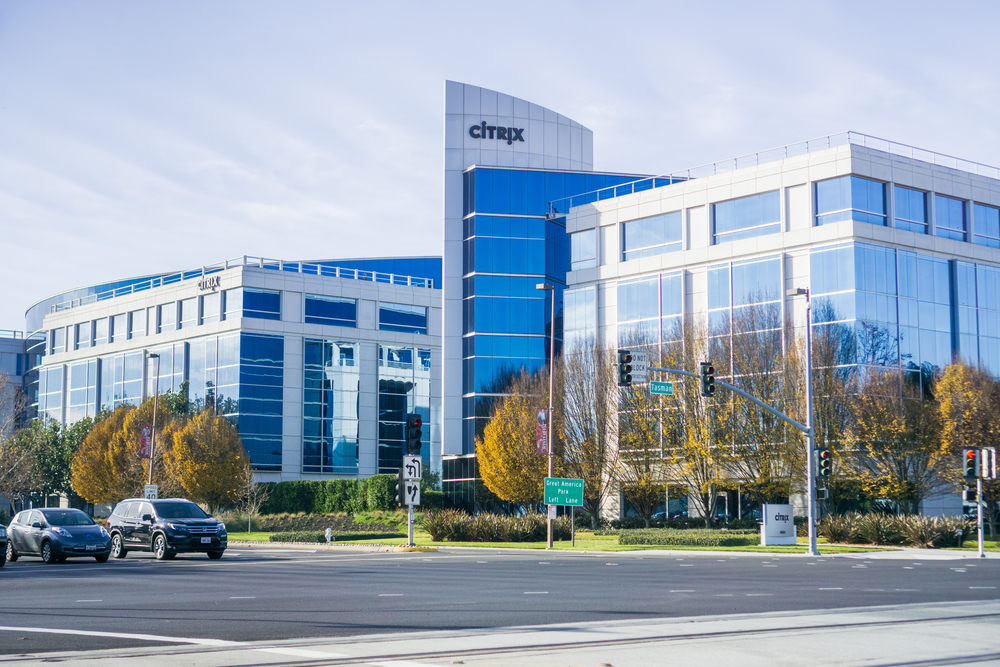 Everything you need to know about Citrix
Everything you need to know about CitrixIn-depth A comprehensive guide to Citrix, tracing its history from on-premises virtualization to cloud services, highlighting key acquisitions and business mission
By Keumars Afifi-Sabet Last updated
-
 Citrix ShareFile: grown-up file sharing
Citrix ShareFile: grown-up file sharingIn-depth Steve Cassidy takes a look at what ShareFile has to offer.
By Steve Cassidy Published
-
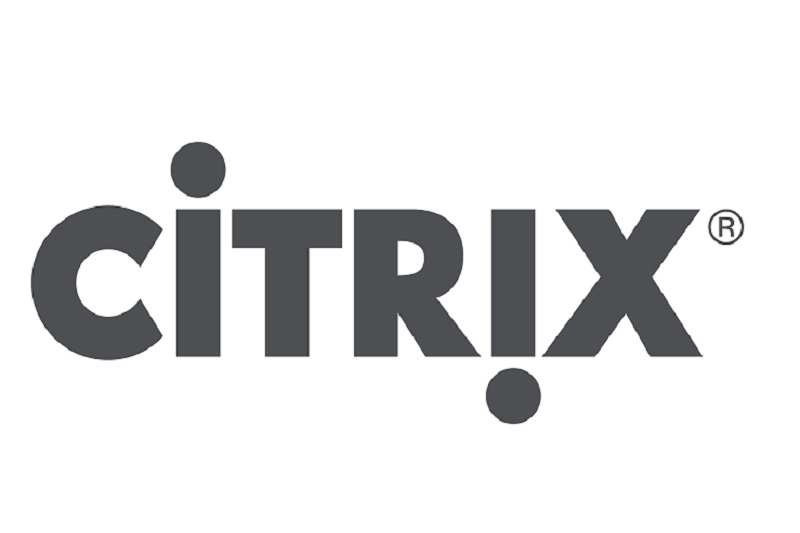 Citrix Synergy 2013: Citrix eyes mobile enterprise with latest XenDesktop version
Citrix Synergy 2013: Citrix eyes mobile enterprise with latest XenDesktop versionNews First fruits of Project Avalon are borne as Citrix offers businesses a way to maximise legacy Windows app investments in the mobile world.
By Maggie Holland Published